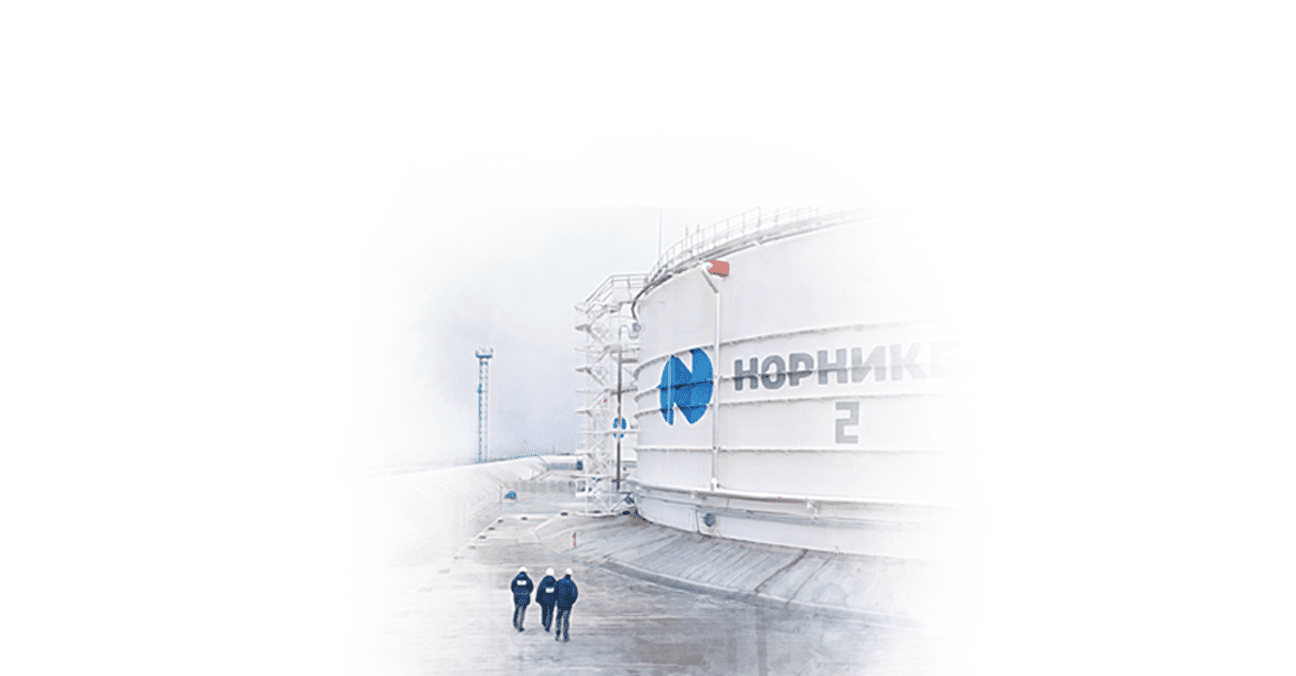OHS system development and mitigation of key risks
GRI 403‑1, 403‑2The Company plans to achieve its goals of reducing work‑related injuries and eliminating fatalities by refining the Company‑wide occupational health and safety system.
A 2023 milestone in this area was the decision to scale up of the project to transform the safety culture at Medvezhy Ruchey’s Norilsk Concentrator to all of Polar Division’s mines and Kola MMC’s Severny Mine. The project involves a persistent effort to identify and mitigate occupational risks.
The project yielded over 2,000 occupational health and safety risks identified by the workers and engineering staff at Norilsk Concentrator, Komsomolsky, Oktyabrsky, and Severny mines.
In 2023, Nornickel launched a dedicated unified incentive system with fixed payments for identifying occupational risks (from RUB 5,000 to RUB 10,000) depending on employee involvement in risk management. In the reporting year, 455 employees received cash benefits totalling RUB 3.4 mln. Employees are informed about this mechanism during training sessions on dynamic risk assessment; there are memos in place describing the reporting algorithm.
We are learning to identify risks and prevent incidents, as the cost of indiscretion can be catastrophic. This process involves all employees from top managers to workers. We received training to evaluate each decision in terms of hazards. This enables employees to contribute to the development of safe production.
Alexander Shmakov,
mill operator, grade 5, Medvezhy Ruchey
(length of service with the Company — 27 years)
Nornickel’s internal corporate standard regulates the procedure for refusing to work when there is a risk that threatens the life or health of the employee. Anyone who identifies the risk must report it to the relevant senior manager to address it. After informing the management, the employee exposed to the risk may leave the workplace until the threat to his/her occupational health and safety is eliminated. The refusal to work under life‑ and health‑threatening conditions may not constitute grounds for imposing any sanctions on the employee.
Special assessment of working conditions
Provision of personal protective equipment
Hazardous and harmful workplace factors are identified in the course of a special assessment of working conditions (SAWC); its results are used to provide employees with free of charge personal protective equipment, including respiratory, hearing, eye, and skin protection.
Provision of personal protective equipment GRI 403‑3
Underground work, extreme climate, operation and maintenance of mining machinery and heavy self‑propelled vehicles result into the specific working conditions and certain impacts. Nornickel protects its employees from hazardous and harmful workplace hazards through the implementation of organisational safety measures and provision of PPE.
An automated system for monitoring the use of personal protective equipment is in place in many of the Group’s branches and Russian business units. Video analytics systems are further developed with a focus on identifying dangerous actions that can potentially lead to fatalities. In 2023, the Trans‑Baikal Division upgraded the system with a new function – machine vision and artificial intelligence can now detect the absence of a safety harness or an unfastened safety sling. In 2024, the Company plans to roll‑out a project to control the presence of employees in the area of running lifting equipment, with sound and light alerts activated when employees approach a potentially dangerous zone of load falls/drops.
To provide employees with effective and comfortable PPE at the Group’s industrial facilities, we organised tests of such equipment while switching to domestic suppliers’ products in the reporting year.
The employees of the mine maintenance department treat heights in a special way: heights are not to be feared, but respected. Incessant use of a safety harness is one of the ways to show this respect. Our company is strict about this: it regularly inspects and tests our PPE, monitors our compliance with the cardinal safety rules, and takes other measures. Year after year, the Company confirms by deed, not by word, that employee health and safety is paramount.
Evgeny Matys,
manual electric welding operator, grade 5, Norilsknickelremont, Norilskshakhtservice Trust (length of service with the Company – 31 years)
